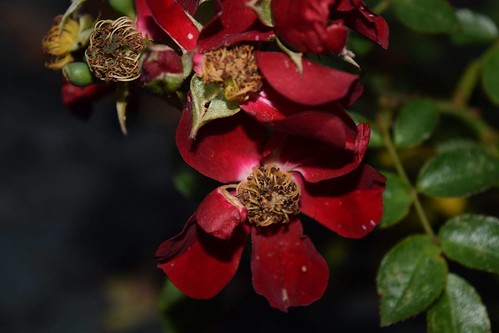In the same way, pharmacological DEL-22379 demethylation as effectively as global hypomethylation in most cancers and other illnesses must not end result in gene induction completely as is commonly imagined, but could consequence in gene repression as well by way of pathways this sort of as the one particular delineated right here. Long term computations of the affect of DNA methylation in genome-wide and transcriptome broad reports require to just take into account these hierarchies of gene expression-repression that could be induced by solitary demethylation events.
Ceramide has emerged as an crucial next-messenger lipid with proposed roles in a extensive range of mobile processes these kinds of as cell growth, differentiation, apoptosis, stress responses, and senescence. Ceramide can activate enzymes concerned in signaling cascades comprising the two protein kinases and phosphatases, these kinds of as ceramide-activated protein kinase (CAPK) and ceramide-activated protein phosphatases (CAPPs) [1]. CAPK regulates several kinases, such as the mitogen activated protein kinase (MAPK) ERK (extracellular-sign controlled kinase), top to cell cycle arrest and mobile death, tension-activated protein kinases (SAPKs) this sort of as the Jun kinases (JNKs) and p38-MAPK, kinase suppressor of Ras (KSR), and the atypical protein kinase C (PKC) isoform zeta [2,three]. Ceramide activation of CAPPs, which comprise the serine threonine protein phosphatases PP1 and PP2A [one,four], sales opportunities to dephosphorylation and inactivation of many substrates, this sort of as Bcl-two and Akt [one], and downregulation of the transcription elements c-Myc and c-Jun [three,four]. Ceramide and sphingosine levels enhance in reaction to pressure and in apoptosis induced by a number of stimuli these kinds of as FAS activation and anticancer medication, and ceramides regulate mammalian apoptosis by both transcriptional-dependent and -unbiased mechanisms [3]. Receptor clustering and apoptosis induced by death ligands, these kinds of as FAS and TNF alpha, involves ceramide generation by sphingomyelinase performing principal in lipid rafts [two]. The yeast Saccharomyces cerevisiae has been thoroughly used in the elucidation of many mobile and molecular processes that have verified conserved across species, this sort of as mobile cycle control and apoptosis [five]. Many reports indicate that the ceramide pathway is a ubiquitous signaling system, conserved from yeast to human [six]. [7]. Likewise to mammalian cells, yeast ceramide amounts improve in reaction to stress [8], and perturbations in sphingolipid metabolic process can also figure out yeast mobile fate. Expression of mammalian sphingomyelin synthase (SMS1) suppresses Bax-mediated yeast mobile loss of life and2016727 confers resistance to distinct apoptotic inducers [9], suggesting that SMS1, which utilizes ceramide to synthesize sphingomyelin, shields cells from demise by counteracting tension-induced accumulation of the pro-apoptotic ceramide. Yet another research showed that a yeast mutant deficient in Isc1p, a member of the neutral sphingomyelinase household,  displays improved apoptotic cell dying in response to hydrogen peroxide and during chronological getting older [10]. A lipidomic strategy revealed that these phenotypes have been related with elevated levels of dihydro-C26-ceramide and phyto-C26-ceramide [eleven]. Extremely recently it has also been noted that some phytoceramides lead to cell loss of life induced by acetic acid, and are involved in mitochondrial outer membrane permeabilization [twelve]. An additional examine confirmed that exogenous C2-ceramide can trigger a mitochondria-mediated mobile death approach in yeast [13].
displays improved apoptotic cell dying in response to hydrogen peroxide and during chronological getting older [10]. A lipidomic strategy revealed that these phenotypes have been related with elevated levels of dihydro-C26-ceramide and phyto-C26-ceramide [eleven]. Extremely recently it has also been noted that some phytoceramides lead to cell loss of life induced by acetic acid, and are involved in mitochondrial outer membrane permeabilization [twelve]. An additional examine confirmed that exogenous C2-ceramide can trigger a mitochondria-mediated mobile death approach in yeast [13].